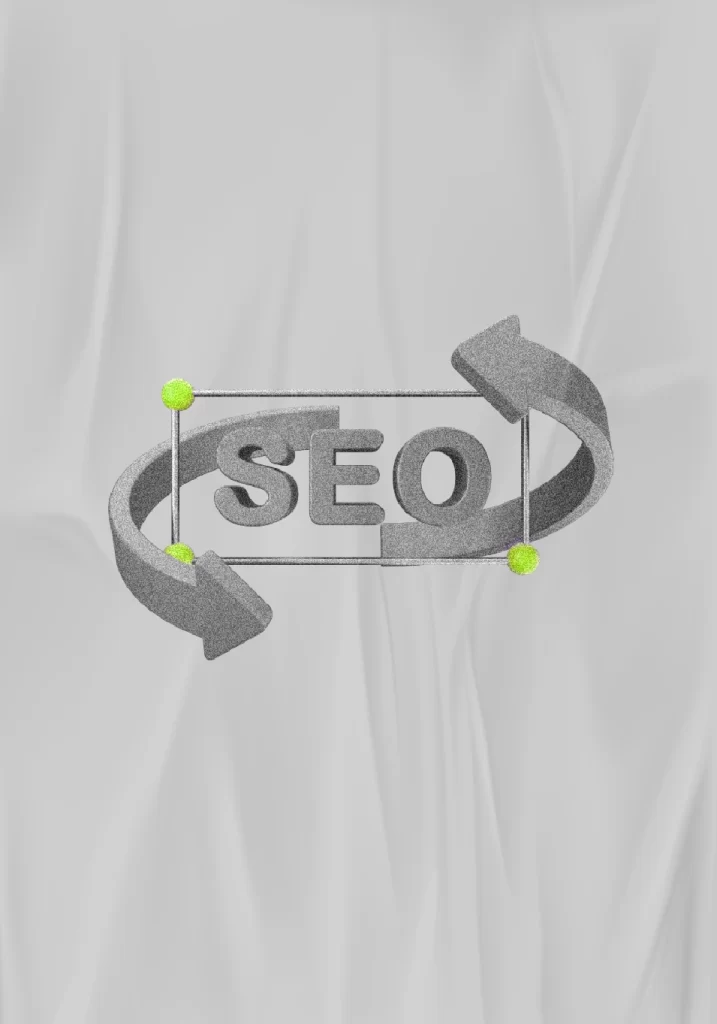Web page optimisation used to be much easier in those days of random keyword stuffing (quite frankly, we miss those days). But thinking that it will work now would be a big mistake. Search engines have evolved, and so should your approach to optimising a web page. Imagine your website as one of the many shops in a marketplace. Your stall must be impeccably arranged and offer value and relevance to attract visitors. This is the essence of on-page SEO.
Here’s how to do it in 2025.
1. Keyword Placement
Gone are the days of random keyword stuffing. Modern search algorithms, with their refined sophistication, demand organic integration of keywords. Search engines assess their context through keyword placement instead of just scanning for keywords. What you can do is weave your keywords naturally into crucial spots:
- Title tag (Keep it within 60 characters)
- Meta description (Make it enticing, not robotic)
- First 100 words of your content
- Headers (H1, H2, H3—but avoid excessive repetition)
- URL slug (Short, descriptive, and keyword-rich)
The trick? Write for humans first. Search engines now reward content that feels organic.
2. Domain Authority
A web page thrives or flops based on the domain’s overall authority. Domain authority measures your website’s credibility online. A higher domain authority improves your chances of ranking well in search results. The factors affecting domain authority have not changed to date:
- Consistency in content: Regular updates keep your domain active
- Internal linking strategy: Weaving in relevant internal pages distributes authority
- Trust signals: HTTPS, clear contact details, and an About page all contribute
Think of domain authority as your website’s reputation. The stronger it is, the better each page performs.
3. Website Speed Optimisation
Patience is dead. In a world where speed is everything, a slow website is like an empty shop; people walk away. Similarly, if your page takes more than three seconds to load, visitors and rankings will vanish. Users expect fast loading times, and search engines reward them. To stay ahead:
- Optimise image: Compress without losing quality
- Minimise JavaScript & CSS bloat: Fewer HTTP requests = faster load times
- Use a CDN: CDN speeds up access for global visitors
- Enable browser caching: Less strain on your server
In short, a slow page is an invisible page.
4. High-Quality Backlinks
Backlinks are like word-of-mouth recommendations in the digital world. They tell search engines your content is worth noticing. But not all endorsements carry weight. A few links from respected, relevant sources outshine a hundred random ones. Here are some strategies to build high-quality backlinks:
- Guest posts on reputable industry sites
- Create data-driven or unique content others want to cite
- Leverage digital PR: Get featured in online publications
- Network within your niche: A genuine relationship-building approach yields natural backlinks
Remember, low-quality or spammy links are more of a risk than a reward.
5. Mobile Optimisation
With mobile usage dominating the digital space, a website that isn’t mobile-friendly is pushing visitors away. It’s no longer just about looking good on a phone—it’s about delivering a smooth, fast, and frustration-free experience. Search engines prioritise mobile-optimised sites, and so do users. Here’s what to focus on:
- Responsive Design: Your site should adapt effortlessly to different screen sizes
- Fast Load Times: Compress images, minimise code, and use caching
- Easy Navigation: Buttons should be tap-friendly, menus should be simple, and text should be readable without zooming
- Avoid Intrusive Pop-ups: Google penalises sites with pop-ups that disrupt the mobile experience
Mobile optimisation isn’t just a technical fix. It’s the difference between visitors staying or bouncing within seconds.
Conclusion
SEO isn’t about pleasing Google. You’re not just optimising for search engines. You’re optimising for trust, engagement, and longevity. It’s about making your website the best possible resource for your audience. Do that, and rankings will follow. Because at the end of the day, search engines don’t buy from you; people do.
Frequently Asked Questions
How does SEO work?
SEO (Search Engine Optimisation) is like making your website easier for both people and search engines to understand. Search engines scan your site, figure out what it’s about, and decide how useful it is based on content, links, and user experience.
What is the ideal word count for an SEO-friendly blog?
There’s no magic number, but most well-ranking blogs fall between 1,000 to 2,000 words. It’s less about length and more about covering the topic thoroughly.
How can I improve my website’s loading speed for SEO?
A slow site is a dealbreaker for both users and search engines. To speed things up:
- Optimise image: Compress without losing quality
- Minimise JavaScript & CSS bloat: Fewer HTTP requests = faster load times
- Use a CDN: Speeds up access for global visitors
- Enable browser caching: Less strain on your server
What are Google’s top ranking factors for SEO?
Google looks at hundreds of things, but a few stand out:
- Keyword Placement
- Domain Authority
- Website Speed
- High-quality Backlinks
- Mobile Optimisation



